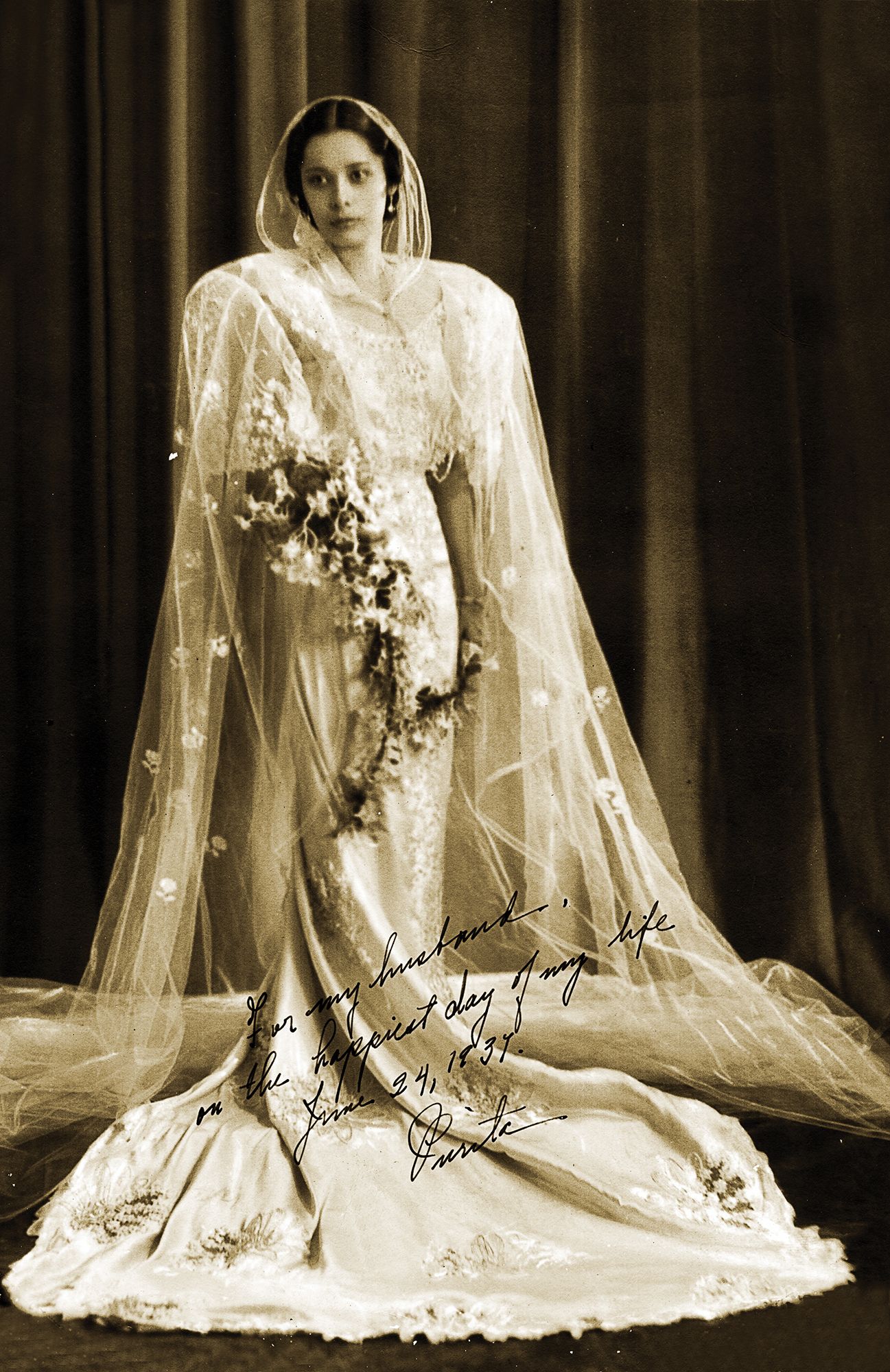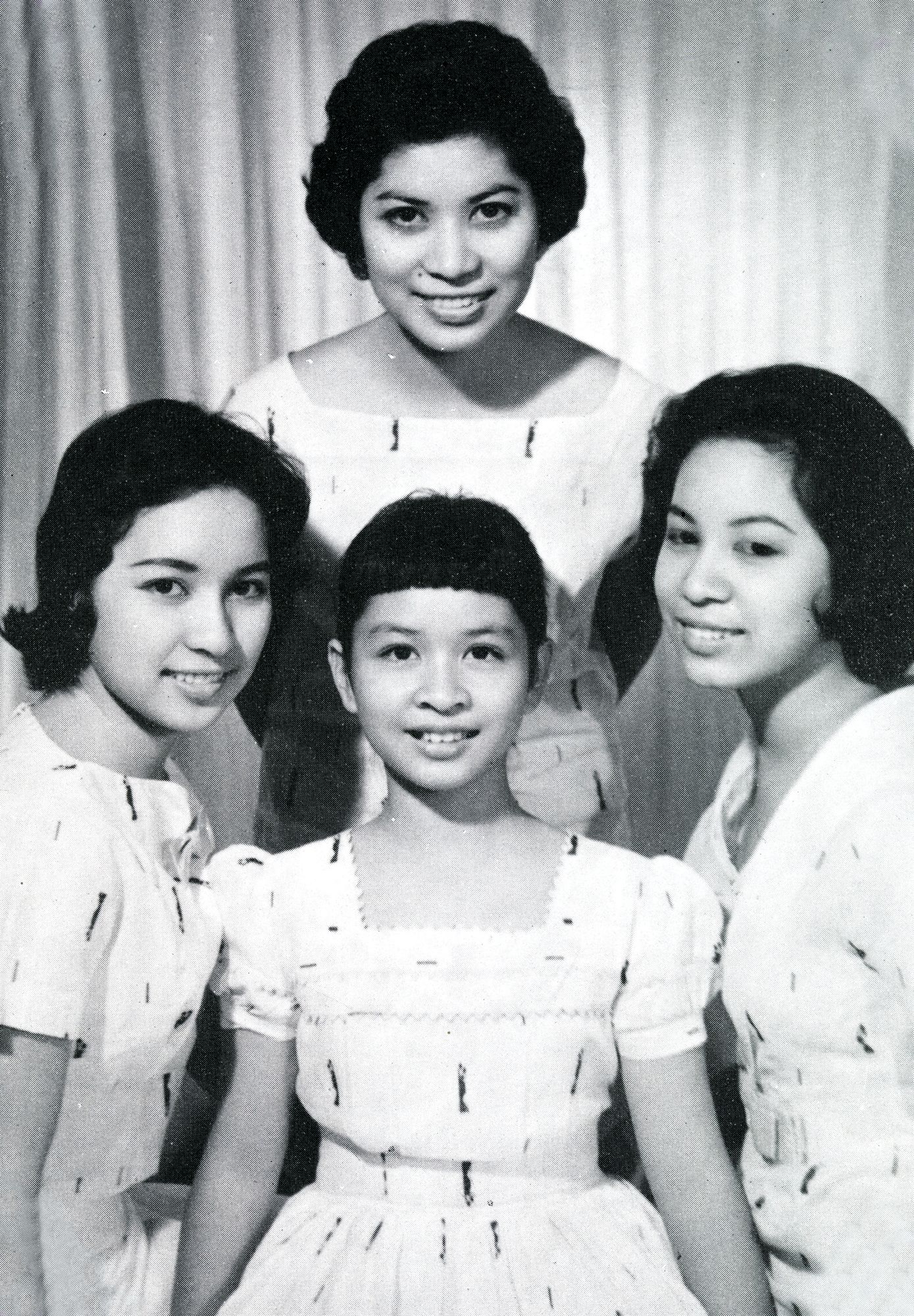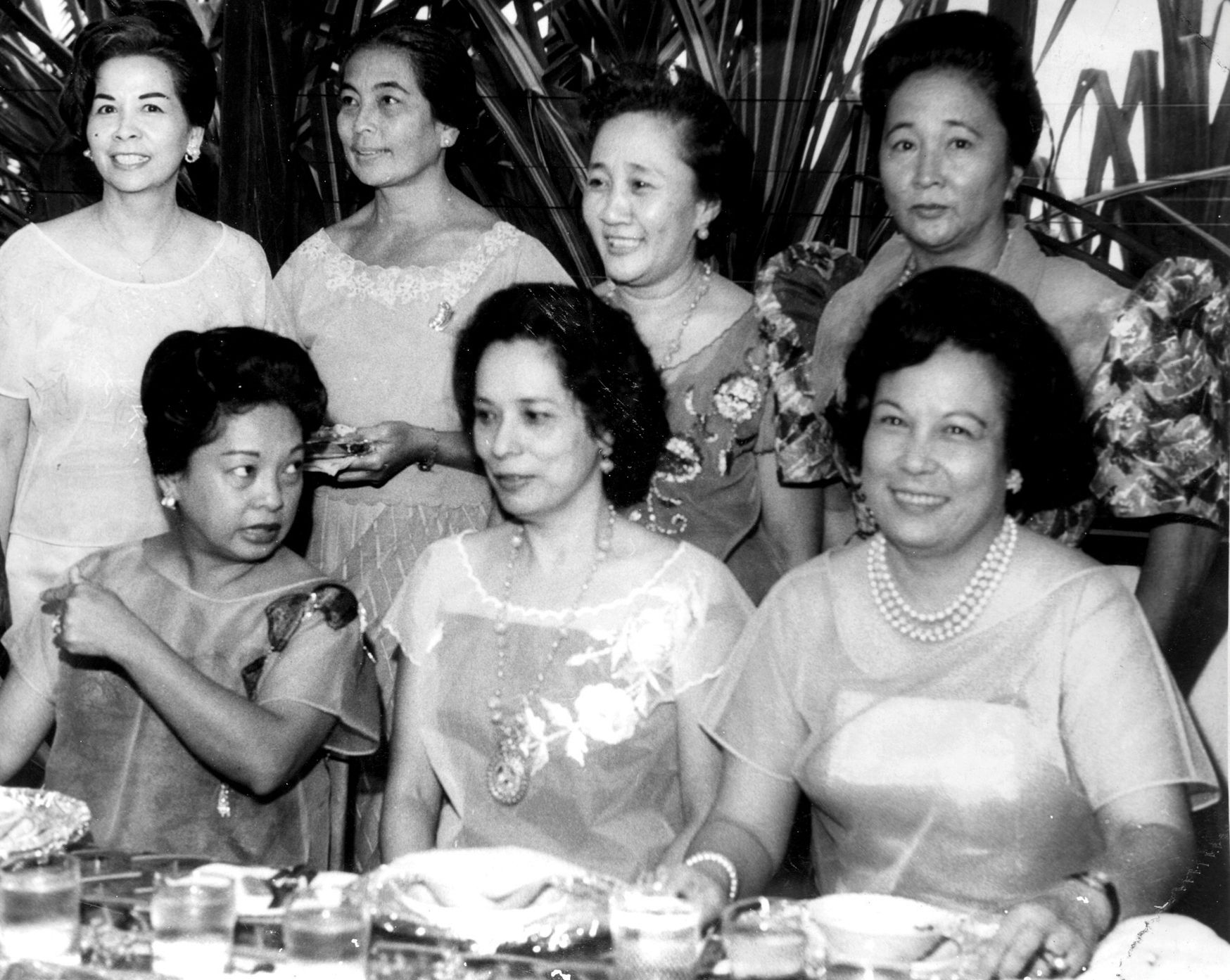Without her, modern Filipno artists and their provocative artwork would have been forgotten. Meet Purita Kalaw-Ledesma: the author, advocate and business woman who changed the history of Philippine art.
This feature story was originally titled as The Advocate of Artistry, and was published in the May 2010 issue of Tatler Philippines
The walls and peeling paint in the small room and gallery, like the exterior walls of the National Museum in which it was housed, were pockmarked. The office of the newly formed Art Association of the Philippines (AAP) was scarred by the war that ended just two years before, but it was what Purita Kalaw-Ledesma could get. Having earlier gone out of her way to find former students and contemporaries from the University of the Philippines’ Escuela de Bellas Artes (then in Padre Faura and later known as the School of Fine Arts), Kalaw-Ledesma set up shop and placed in motion an alumni association that would change the status of artists and the market demand for contemporary art in the decades to come.

In her long life from 1914 to 2005, she did not just see art history change; she brought it about. Then and now, artists and educators give her large credit for the eventual acceptance of contemporary art in this country; and justifiably so, as the organisations she spearheaded and closely supported (the AAP, the Philippine Art Gallery and the Printmakers’ Association of the Philippines, among others) provided venues for artists and art enthusiasts to exchange ideas and voice out notions of the modern in exhibitions, talks and other public programmes. She was also the founding president of the Concerned Citizens of the National Museum—now the Museum Foundation of the Philippines—that continues to promote the National Museum as well as history, culture and the arts in general.
For a larger public, Kalaw-Ledesma carefully recorded and thoughtfully wrote about the Philippines’ initial incursions into modern art in The Struggle for Philippine Art (1974), the icon and standard-bearer of Philippine modernists in Edades: National Artists (1979), and the history of the Philippine Art Gallery (PAG), one of the first spaces devoted to contemporary art in The Biggest Little Room (1987).










